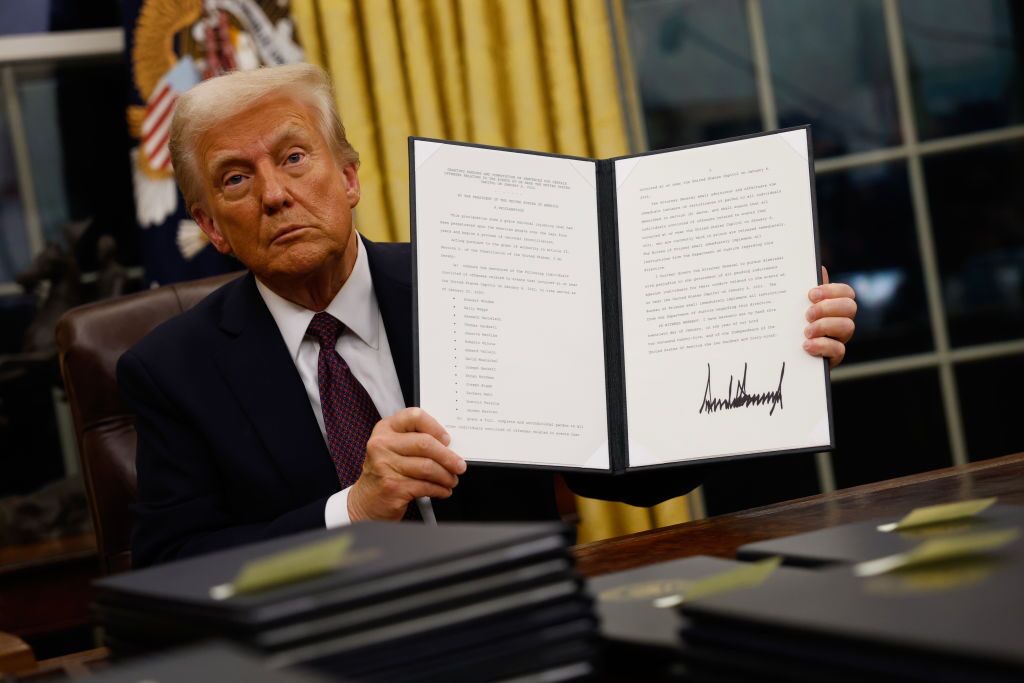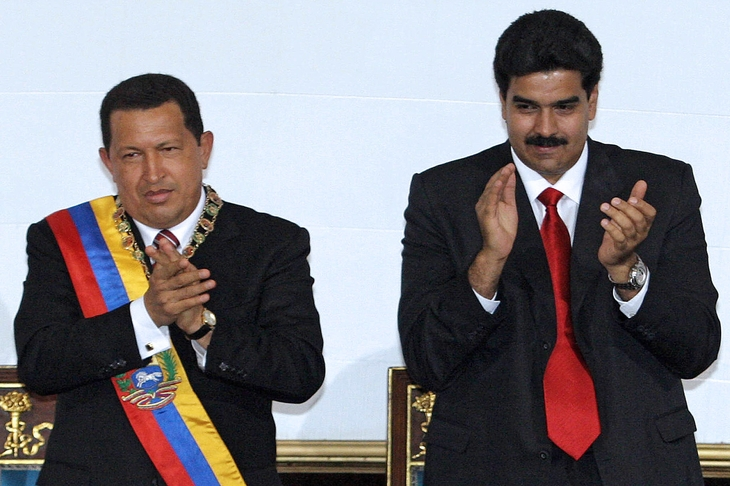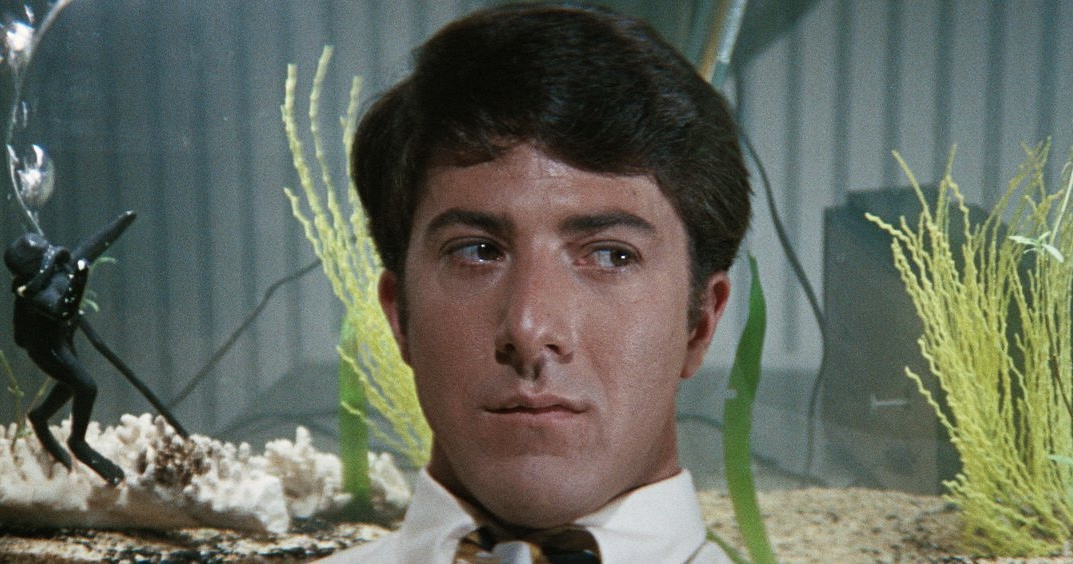April 30th, 2025 marked the end of the first 100 days of Donald Trump’s second term as president. Since January, the president has signed 142 executive orders that test the limits of executive power and issued changes to the American government at breakneck speeds. The administration has received massive criticism from government officials, foreign diplomats and nations, and citizens of the United States. POTUS affairs since Trump’s inauguration have been nothing but controversial. But why do Americans care so much about the first 100 days? And does it accurately forecast a presidency?
The first 100 days in office isn’t a constitutional metric. The concept was formed with the inauguration of 32nd president, Franklin Delano Roosevelt. Elected during the heat of the Great Depression, arguably the largest economic downturn in human history, Roosevelt began to implement sweeping reforms. Separating himself from former president Hoover, whose conservatively fiscal views halted relief, Roosevelt began implementing relief for workers and reforming the banking systems.
Along with government orders, Roosevelt began his famous “fireside chats,” establishing a parasocial relationship with American citizens. Through radio broadcasts, Roosevelt would communicate with Americans the issues of the nation and how those issues were going to be resolved. The legacy of the first 100 days has since stuck with future presidents to try to begin implementing their agendas as soon as possible.
Since Roosevelt, presidents have used the 100 days as a precursor to their agendas. Lyndon B. Johnson’s “Great Society” prioritized social and domestic economic reforms to address poverty and racial inequality within the United States. Medicare and Medicaid were implemented during Johnson’s term, as well as initiatives to protect consumer health, the environment, and education. However, U.S. involvement in the Vietnam War tarnished Johnson’s initiatives and diverted funds away from domestic projects.
The first 100 days have now become the grading benchmark for each administration. However, it can be dangerous to democratic processes, regardless of political party. It weakens congressional power by shifting focus to executive orders over legislation. It can also lead to hasty decision-making that can have serious consequences. 87 days into John F. Kennedy’s presidency, he launched the infamous Bay of Pigs invasion. The military operation to remove Fidel Castro from control over communist Cuba ended up marring JFK’s reputation to lead military operations.
Furthermore, the first 100 days can lead to chaos and confusion within the federal government and citizenry. Staggering changes to policy, reversal of precedents, and political theatrics can shift focus from the work of government offices and officials. During Reagan’s first 100 days in office, he was shot by John Hinckley Jr. because the assassin wanted to impress actress Jodie Foster. Incidents such as these can distract the American public from the actions the executive and legislature are taking to serve the American people.
So what does this examination of past presidential 100 days have to do with Donald Trump? These early days offer Americans insight into what the administration is prioritizing, but they do little to reveal what will go into legislation. They simply aren’t well-defined metrics for what the next four years may actually look like for the United States. Presidents still had to shift promises made on campaign trails, sign legislation that wasn’t intended to be passed, and deal with new crises that were never planned for.
President Trump’s “Make America Great Movement” and affiliation with Project 2025 have been played out in current executive orders, federal funding freezes, and political speech. These actions are dramatic, alarming, and seek to isolate marginalized groups such as immigrants and transgender individuals. Some of these policies issued from the White House, such as crackdowns on immigration and mass deportations, have had serious effects across the country. Illegal border crossings have plummeted to only around 7,000 a month compared to the previous 155,000.
However, Trump’s vision of America is not how government works. Despite his attempts to break through the barriers that confine the executive branch, the first 100 days of presidency have seen immense push-back from world leaders, US courts, and civilians. Executive orders are dramatic, but even extreme dismantling of the government cannot compel them to become legislation. Trump has been forced to back down from mass layoffs from the Department of Government Efficiency, tariffs, and is continuing to be challenged by courts and lawyers. If there is one thing Americans should take away from Trump’s first 100 days of presidency in 2025, it is that the government is designed to be resistant to rapid, unilateral change. And no matter how hard the Trump administration tries to break away, it will continue to be held bogged down by the push-backs of law, order, and the Constitution.















